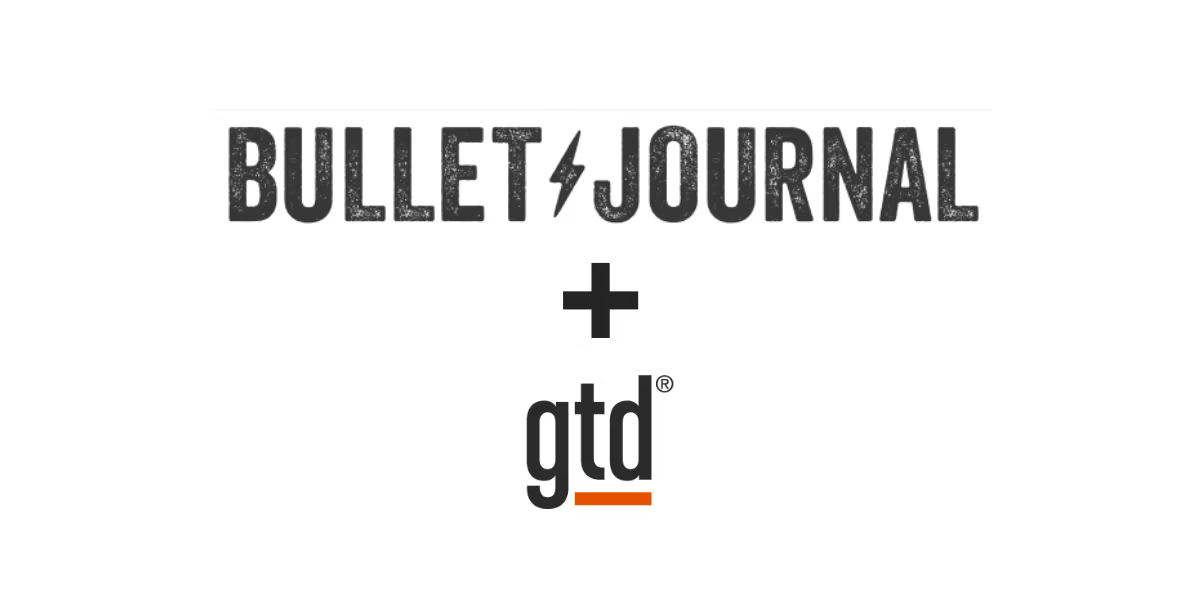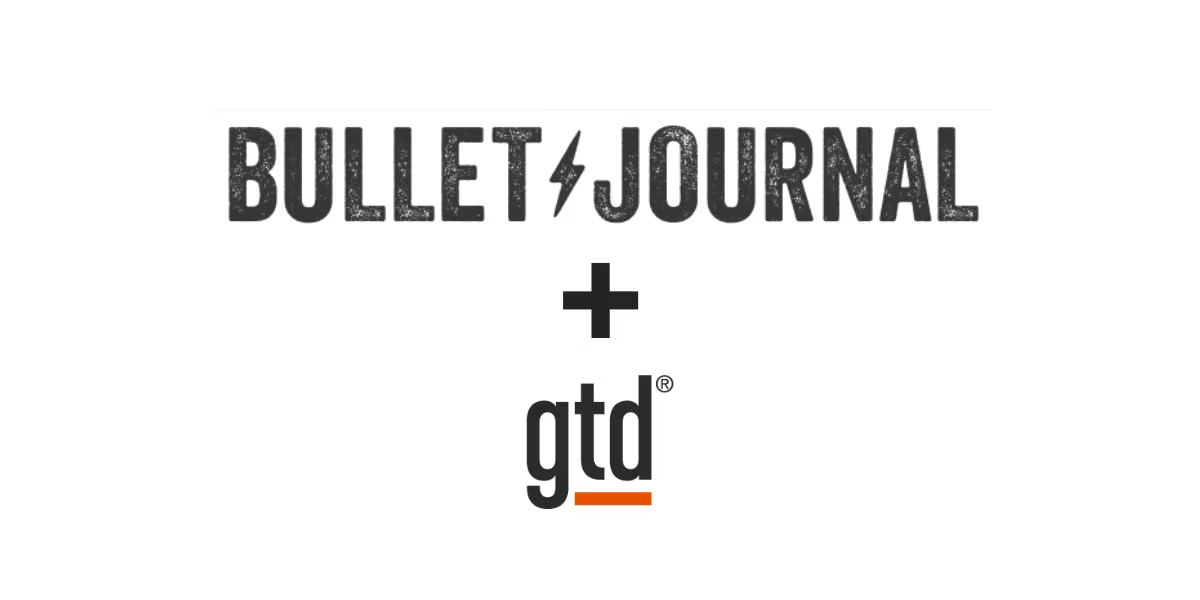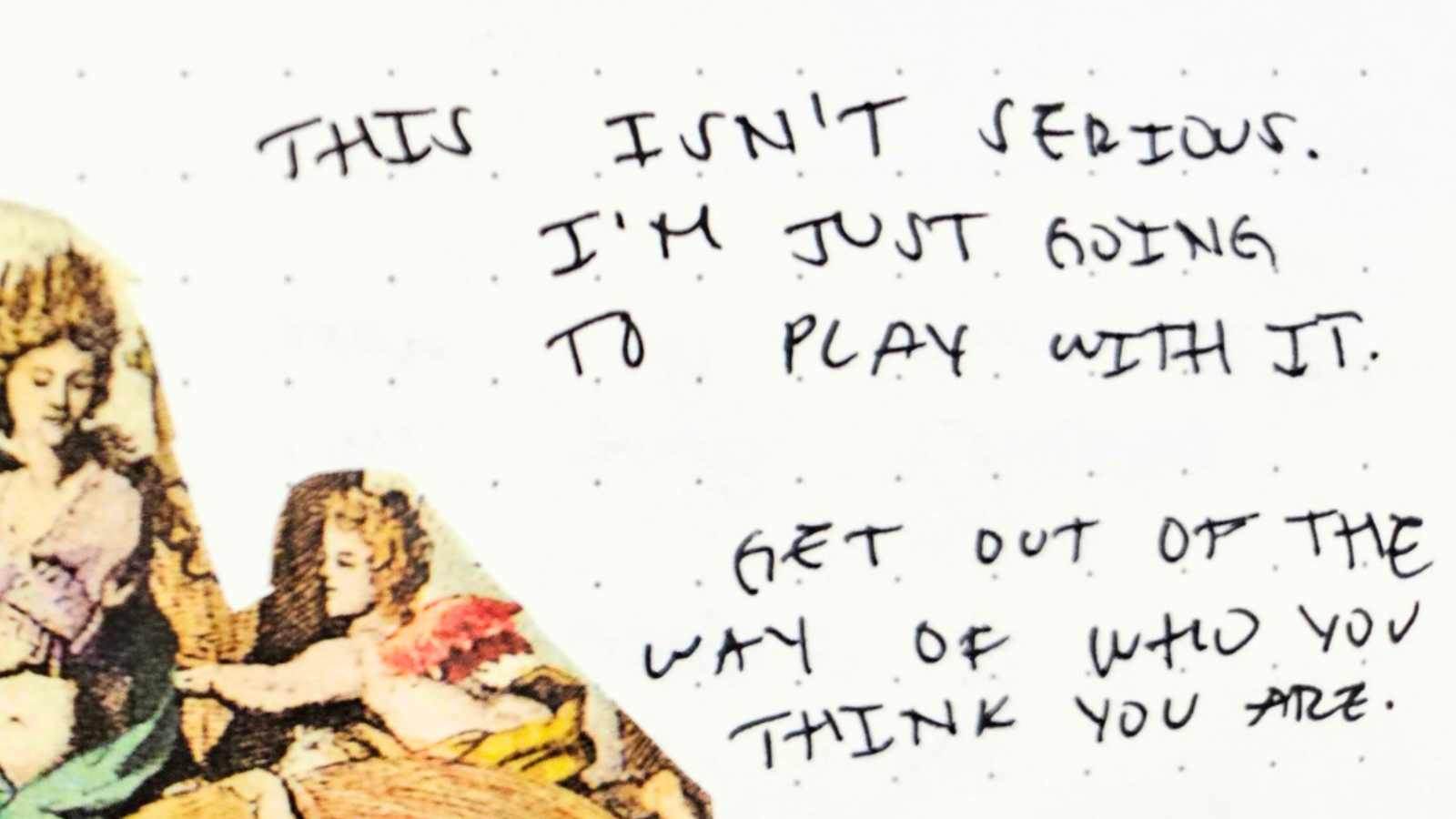I wrote before about how I use BuJo as a means of following Getting Things Done (GTD) practices, but I thought I'd expand a bit more on some of the specific tactics I use.
The Commitments collection
I'm just going to say it: I think the word Project is poisoned. I understand the intent: a project is anything that takes two or more actions to complete and that you might want a reminder of. Cool.
In any professional setting, though, Project connotes something else/more, and even outside of that, in my subconscious, anyway, something is stirred. Something bad. I do not wish to use this word.
In the same way that N.A.M.E. refers to Actions as opposed to Tasks in order to favour intentionality and conscious choices, I use the word Commitments instead of Projects for the same reason. Instead of a GTD Project List, therefore, I have a BuJo Commitments collection.
In this collection, I use the Action bullet (•) for each Commitment, but I indent by two boxes on the grid to place due dates (if relevant). This way, I can migrate it (‹ or ›), complete it, or do any other bullet moves. I might also refine and redo the item on the list (⌄) with a new due date or new wording to reflect an updated reality.
The Contexts collections
I have learned to make these judiciously, lest I end up with a bunch of mostly blank pages, but I do keep running spreads for things to do with some specific people in my life: my wife, my boss, and each of my direct reports. In Daily Logs, I use @ as a signifier for Actions that need to take place at a particular meeting or with a specific person, but keeping a running list for those moments of "oh, while, I've got you" has proven really useful.
Each of these is in the Index with an @Name written convention for scannability.
The Someday/Maybe collection
I love being able to capture ideas that I know I am not going to act one anytime soon, but without deciding where in the Future Log it will land, and because the official Bullet Journal notebook has four pages for Future Log, I have dedicated the second spread of two pages to Someday/Maybe (I can't think more than about 12 weeks in the future let alone 12 months).
In this way, I have the first Future Log spread laid out in the typical six month view, while the second has Someday/Maybe: Professional on the left and Someday/Maybe: Life on the right (though I only Index it as Someday/Maybesingular).
The Weekly Review
This ritual has been a critical mainstay of the GTD practice, and has often carried the weight and value of the practice. I have done a Weekly Review for many years (okay, maybe not every week consistently, who's kidding anyone, but it has been part of my best practices for years).
With the BuJo Weekly Ritual and the T.A.M.E. framework, a Weekly Reviewbecomes so. much. easier. GTD has long been good at talking about what to do, but it has come up short (in my opinion) around how to do such things, which is where BuJo excels.
I still refer to the GTD Weekly Review checklist on the regular in the course of going through T.A.M.E., as I think it helps me make sure I touch all the things, and it helps round out my T.A.M.E. work.
About the Author
![]()
Scotty Jackson is a certified practitioner of the Bullet Journal method and the Getting Things Done (GTD) methodology. He works as an internal digital consultant at a polytechnic school in Canada. To read more of his thoughts, check out HeyScotty!






Kay
July 14, 2025
This is a great article, i’ve used GTD for decades and the implementation of bujo which is now my primary system in very insightful. During rapid logging i was going to create context list on the fly but that just probably waste pages as you highlighted so I like your system. I have a question. What does T.A.M.E stand for and what is it?